If you look around the internet, you’ll find a significant amount of information about bee pollen benefits; unfortunately, most of the time is not accurate and full of “facts” with no scientific validity.
So, I´ll try to give an overview of bee pollen and its health benefits. It is another of the many bee products, such as honey, propolis, beeswax, royal jelly, and bee venom.
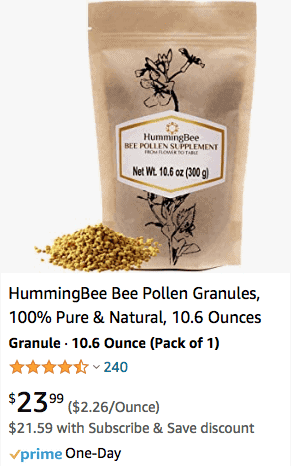
Visit our Amazon Store for the whole lineup of HummingBee Bee Products
What is Flower Pollen?
Flower pollen is the male gametophyte of gymnosperms and angiosperms. This means plants with flowers or cones, like pines, produce pollen. Its size ranges from 15 to 200 μm, and its shape, when dry, is generally oval or spherical (E. Pacini, 2015).
The latter means that single flower pollen particles are microscopic, as shown in the following electron microscopy picture.
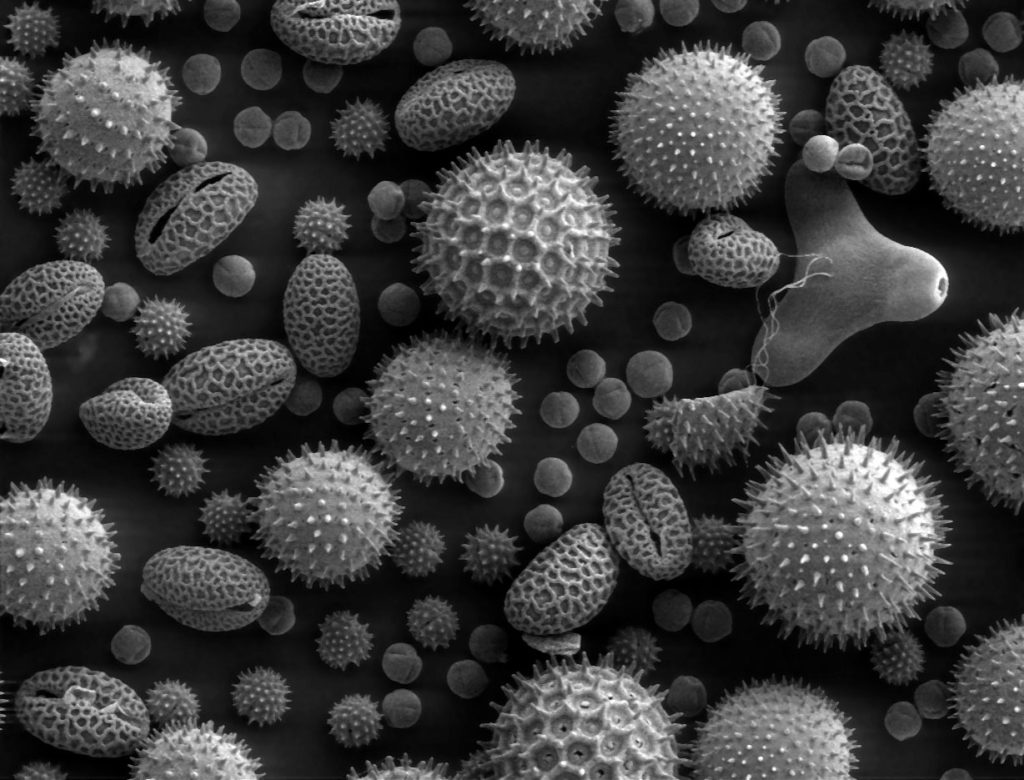
Pollen electron microscopy picture showing pollen from different plant species.
Gametophyte means that pollen particles carry the male genetic information of the plant. So when pollination occurs, which is the process by which the wind, insects, or mammals, like bats, carry flower pollen from one flower to another, it meets the Stigma (female flower structure), and fertilization occurs.
When pollen is floating around in the air, pollen allergies occur in sensitive people in spring.
What is Bee Pollen?
After bees collect flower pollen, it becomes bee pollen. They collect pollen because it is packed with nutrients, especially protein. So, honey bees collect pollen because the only two nutrient source for adult bees is nectar for energy and bee pollen for protein and other nutrients.
How do bees consume pollen?
To access the pollen nutrients, bees must somehow destroy the cell’s outer layer, which is very hard. Their stomachs are not acid enough to break that layer and release the nutrients.
So, bees evolved a way to do that with the help of microorganisms. To do this, when a bee comes with a new load of pollen which they carry on its hind legs, she deposits it in a cell in the comb and presses it firmly.
So, after many honey bees do the same in the same cell and other cells and fill them almost to the top, this firmly packed pollen undergoes an anaerobic lactic acid fermentation; lost you there?
The latter means that fermentation occurs when different yeasts and bacteria produce acid by-products, breaking the pollen grain’s tough outer shell. This way, the nutrients become available so adult bees can get them.
Bee pollen packed into the cells and fermented is called Bee Bread
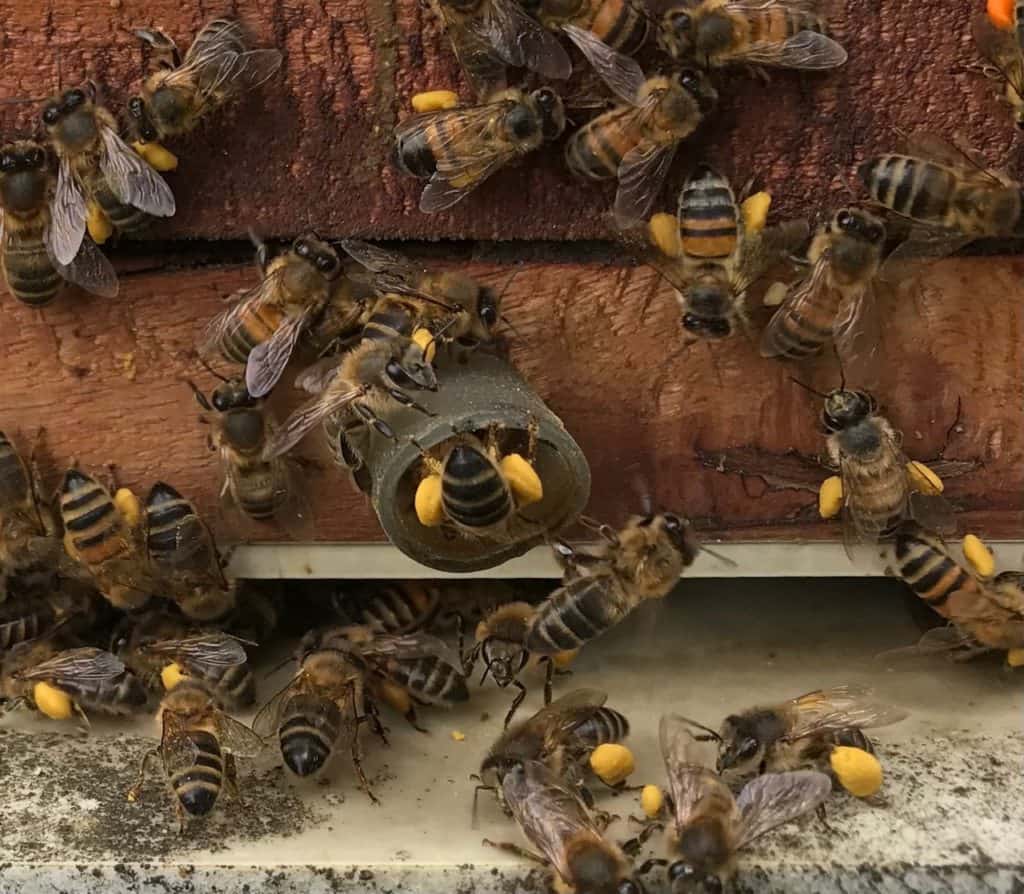
Bee pollen health benefits
So, that is, in general terms, the relation between bees and pollen. But what about us humans? Is Bee Pollen a good source of nutrients for it to be worth its consumption? Bee pollen may cure diseases? Let’s take a look at that.
Bee pollen is considered a superfood, and many health claims lack scientific support. Of all that, what is real and what isn’t?
Let´s dive into the nutrient or chemical composition. As mentioned above, the amount of nutrients depends on where the bees collect the pollen from and the different pollens’ contributions to a single harvest. But regardless of that, bee pollen is very high in proteins, polyunsaturated fatty acids, omega-3 fatty acids, minerals, and carotenoids and contains 18 different antioxidants.
Also, bee pollen contains all essential amino acids.
Bee Pollen’s Effects on Health
It is essential to consider that bee pollen is not medicine; it is a food with essential nutrients and bio-active compounds that when consumed regularly, helps you stay healthy but is not intended to cure any disease.
However, bee pollen may have many health benefits. Bee pollen appears, based on scientific evidence, to have health benefits such as anti-inflammatory effects, boosting the immune system, and antioxidant properties, especially for helping to reduce the symptoms of seasonal allergies.
For weight loss, it is useful when it is part of a healthy lifestyle, a healthy balanced diet, regular exercise, and low-stress levels. As it is nutritionally dense, it will help in reducing cravings.
How is bee pollen harvested?
First, how do we get to harvest bee pollen for our consumption? Well, we beekeepers collect pollen by installing pollen traps or pollen collectors. That way, beekeepers harvest bee pollen for commercial use.
These devices’ design allows a bee from the field loaded with bee pollen granules in her legs to go through a tiny hole. She has to squeeze through it, and the pollen granules that stick out from her body break loose and get collected in a basket.
This process does not harm the bees; a 100% effective collector is not wanted. That means the pollen yield should be about 80% of what bees bring to the hives; the other 20% gets to go through to the inside so bees can process and consume it.
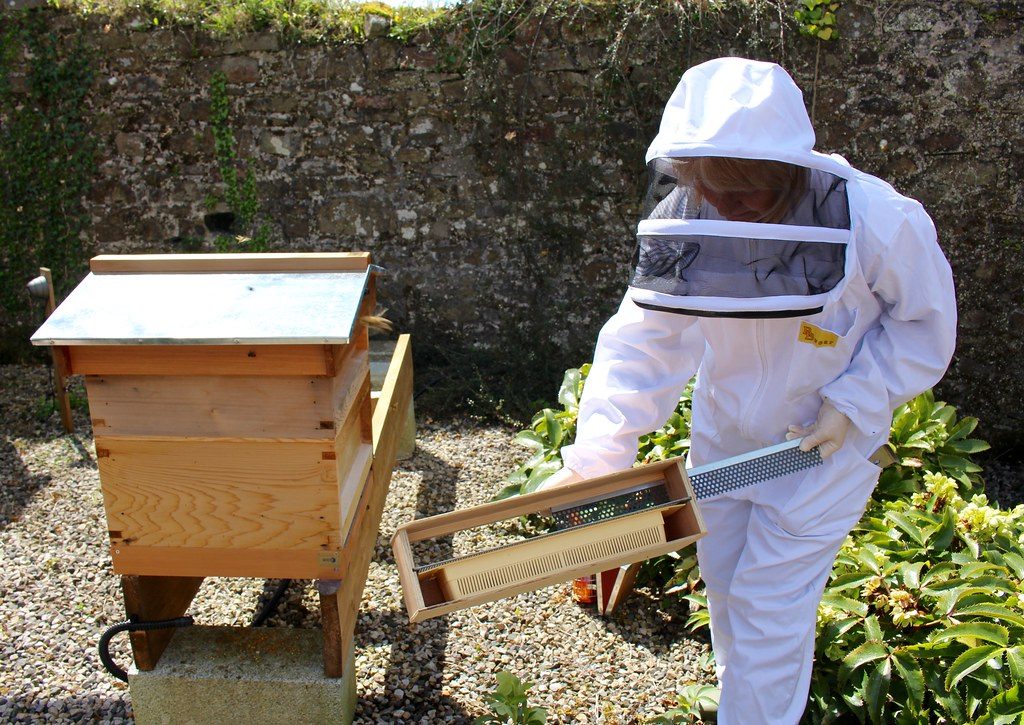
When enough amount is in the collector, we beekeepers harvest the bee pollen. So, as this pollen hasn’t been stored in the hive cells, it is not fermented. Its water content is high, though, and if left as it is at room temperature, it can get moldy fast.
To prevent spoiling and keep its nutritional characteristics, we dehydrate it at low temperatures for 8 hours at 50 degrees Celsius.
Now it is essential to consider this: The amount of nutrients bee pollen has, is species-dependent. That means that pollen from, let’s say, clover is different, in its nutrient profile, to bee pollen from a gum tree or dandelion, and so on, you get the idea.
Also, the color and taste of Bee Pollen may differ depending on its botanical origin. Besides all that, honeybees collect pollen from as many other plants as possible, so that is why most of the time, you will find that bee pollen has a different array of colors.
How to consume Bee Pollen
You should eat this product raw, meaning not to cook with it. High temperatures will brown or caramelize the product and most likely will make it bitter.
So, eating bee pollen is relatively straightforward; you can consume it directly or incorporate it into your diet by mixing it with cereal, yogurt, juices, or a topping in various dishes.
From meats, eggs, and chicken, to pancakes, and all sorts of desserts, sprinkle it over fresh food, and you will be set.
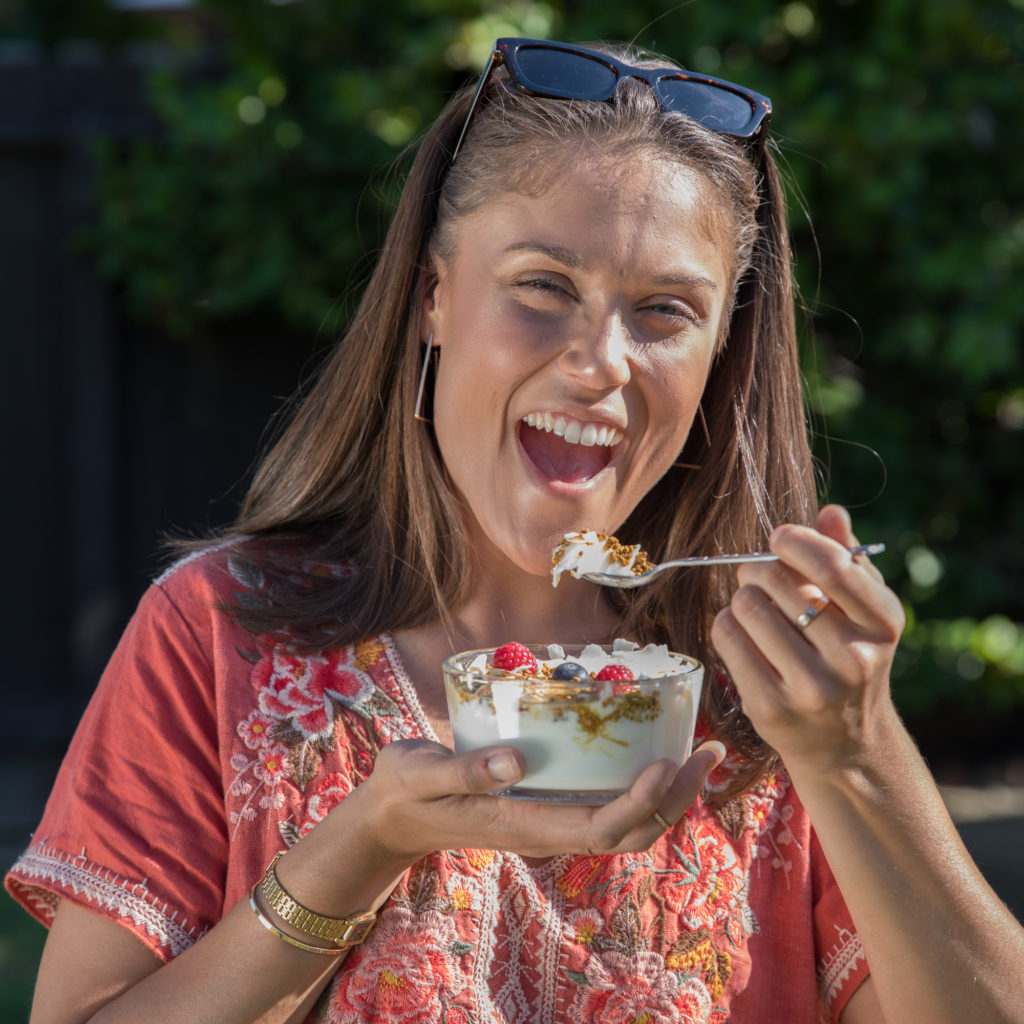
What is a bee pollen extract?
Bee pollen extracts are one of the bee pollen products processed in a lab to extract and concentrate the nutrients. It mostly removes the soluble and insoluble fiber and concentrates the protein and antioxidants.
It is a costly and laborious process that does not provide any additional benefit to bee pollen or provides additional health benefits to the consumer.
What happens if you take bee pollen every day?
Every-day bee pollen supplementation might be good for you as it can boost the nutrient density in your foods and provide you with antioxidants that may help reduce the symptoms of seasonal allergies.
How much bee pollen should you take a day?
Bee Pollen has excellent nutritional value, so adding bee pollen to your favorite foods, like salads, cereal, smoothies, fruit juices, granola bowls, etc., taking bee pollen regularly is a fantastic way to boost the nutrient content of any food.
You can consume as much or as little as you want, but a tablespoon or about 10 grams a day is a good benchmark.
What are the side effects of taking bee pollen?
Bee pollen may trigger an allergic reaction if you are allergic to it. Such allergic reactions might be mild or severe, depending on your sensitivity. So, before consuming bee pollen in high amounts, start with small quantities and check for any allergic reaction.
Avoid bee pollen if you feel stomach discomfort or any sign of an allergic reaction.
Is honey or bee pollen better for you?
Honey and a bee pollen supplement are two different products. Honey, on the one hand, provides energy, and Bee Pollen mainly provides proteins and antioxidants. You can also make a honey bee pollen mix to obtain the best of both products.

Finally, we have recently been featured in GoSolo magazine; find the whole article here.
Lip Balm For Men To Help Protect Your Lips
Lip skin is much thinner than the rest of your skin; that is true for…
Bee Propolis, five things you need to know about it
What is Bee Propolis? The term propolis comes from two Greek words, pro (for or…
Bee Pollen for Dogs, does it have health benefits?
Bee pollen is an excellent source of nutrients for humans and for pets like dogs,…
Honeycomb, Can you Eat It?
Yeah! Raw honeycomb can be eaten. This post covers everything about how the honeycomb is…
Can Honey Go Bad?
Like any food, raw honey can go bad. However, raw honey has some fascinating properties…
Chapped lips? Causes and treatments for dry, cracked lips.
What are sore chapped lips a symptom of? Severely chapped lips may have different causes….
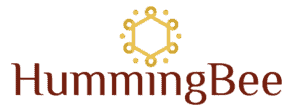

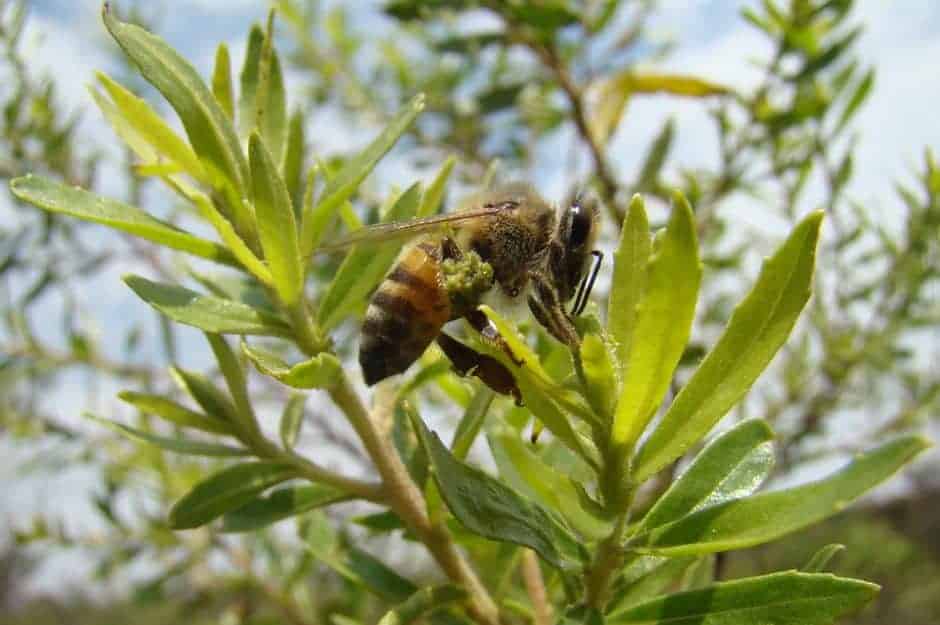
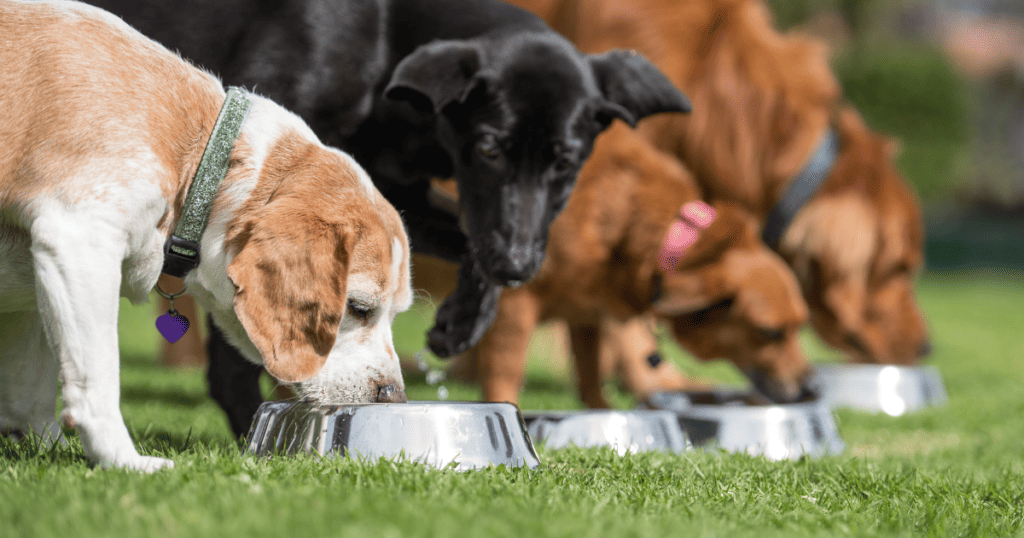
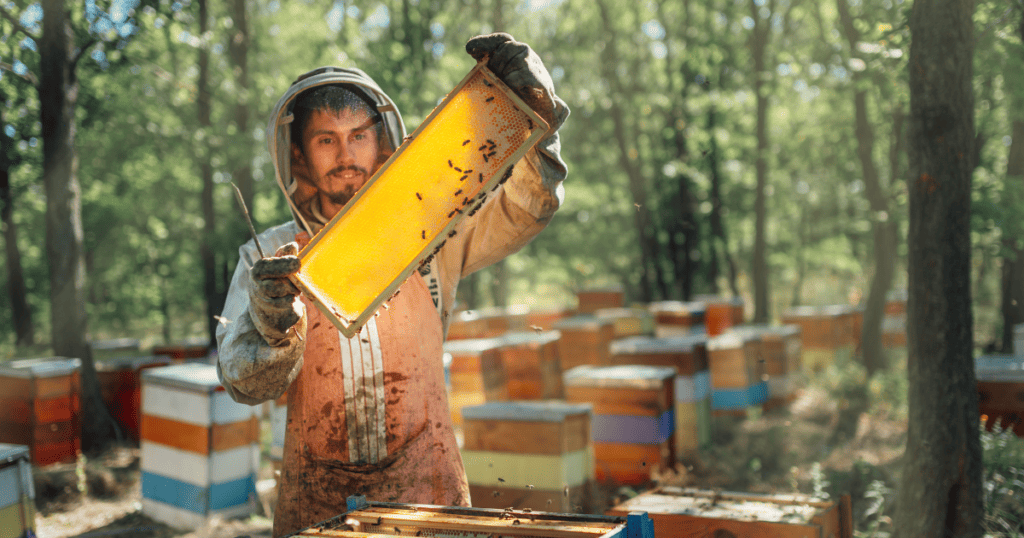
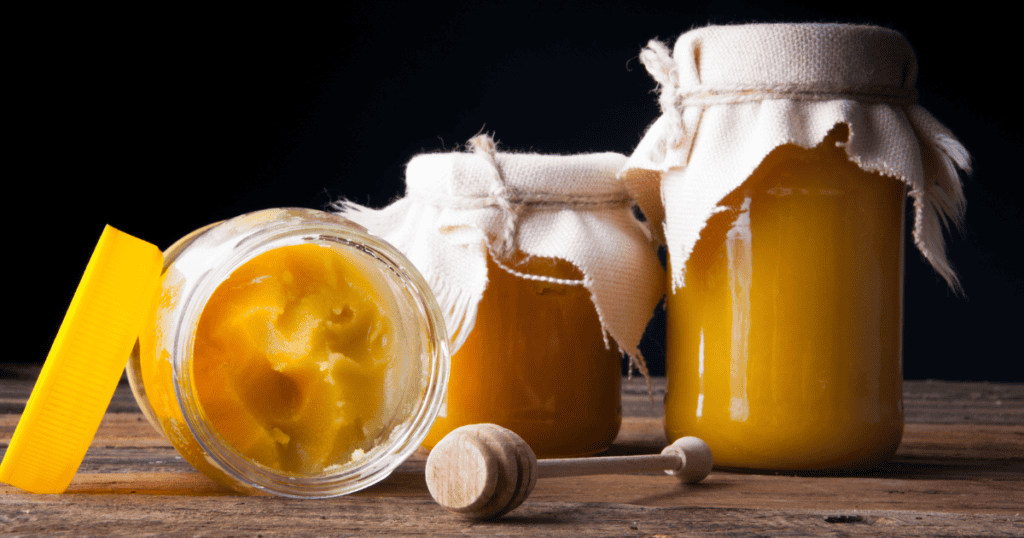
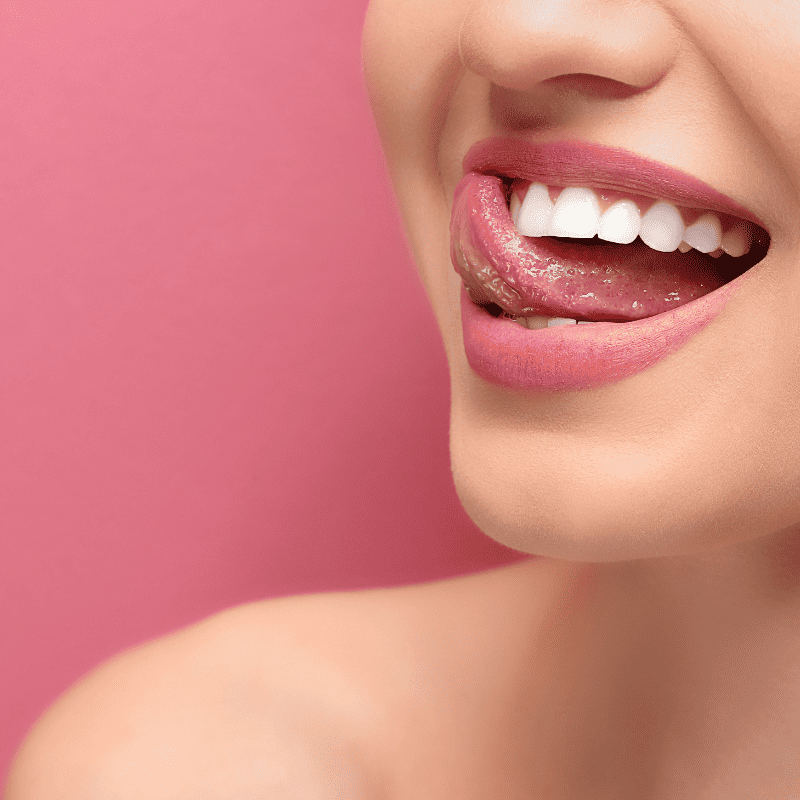
Pingback: Does Bee Pollen go bad? - Specialized Bee Products
Pingback: What is beeswax - Specialized Bee Products - HummingBee
Pingback: Honeycomb, Can you Eat It? - Specialized Bee Products
Pingback: HONEY, ALL ABOUT IT - HummingBee
Pingback: Bee Propolis - The five things you need to know about Bee Propolis